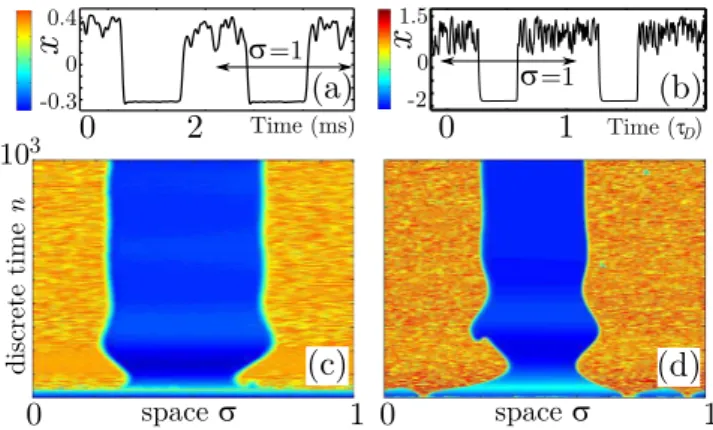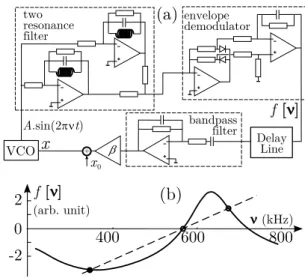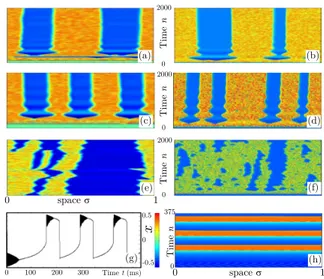Virtual Chimera States for Delayed-Feedback Systems
Texte intégral
Figure



Documents relatifs
The previous section has shown that the identification of the time-delay in the chaotic output of a laser with optical feedback strongly depends on the operational parameters of
On the one hand, second-order linear systems capture the dynamic behavior of many natu- ral phenomena, and have found wide applications in a variety of fields, such as vibration
Extremal points in a Laplacian scale space have long been known to provide scale invariant feature points [5] for matching or registering images.. Such points, known as
A standard technique to control affine switched systems was extended to a class of bilinear time-delay systems.. The importance of this controller lies on its potential applicability
A constructive procedure to compute initial es- timates of the attraction region for a class of nonlinear time-delay systems whenever the first approximation is exponentially stable
Our approach consists of relating the stability properties of a system with a fast varying point-wise delay with these of a time-invariant system with a distributed delay.. Then we
More generally, this preliminary result can be extended to all existing results which are using the Jensen’s inequality, especially the case of time varying delay or sampled
In this paper, we proposed a new dynamical controller based on the first coefficients on Legendre polynomials of the integral term contained in the predictive control law.. Then,